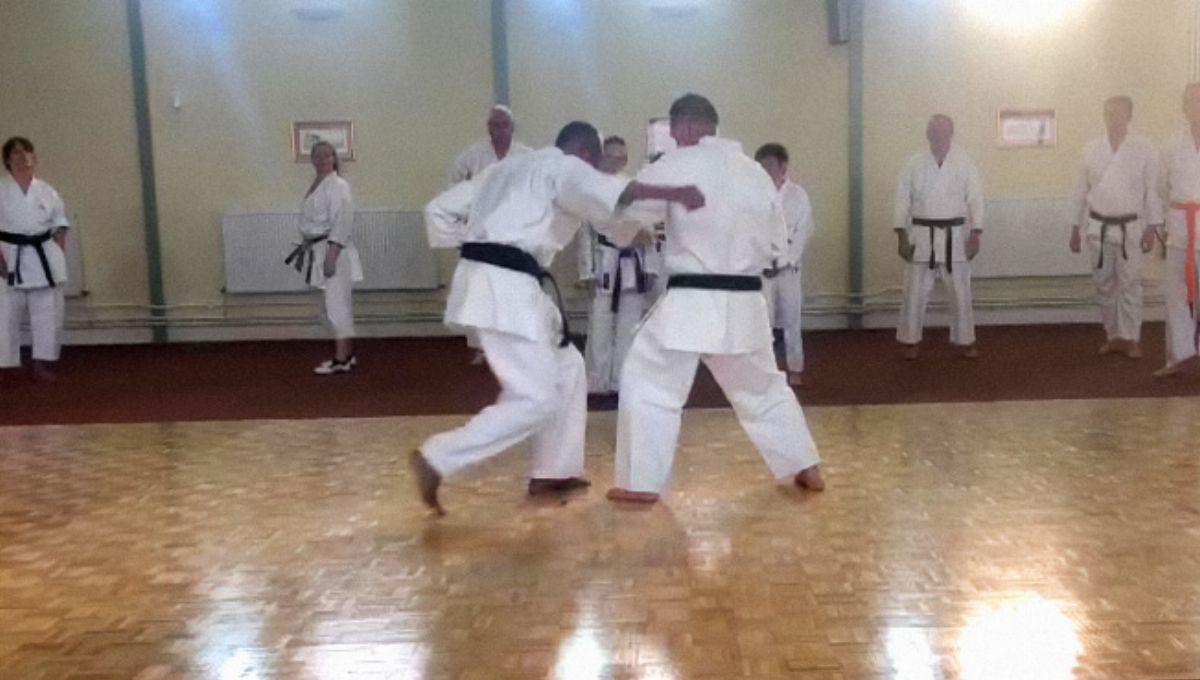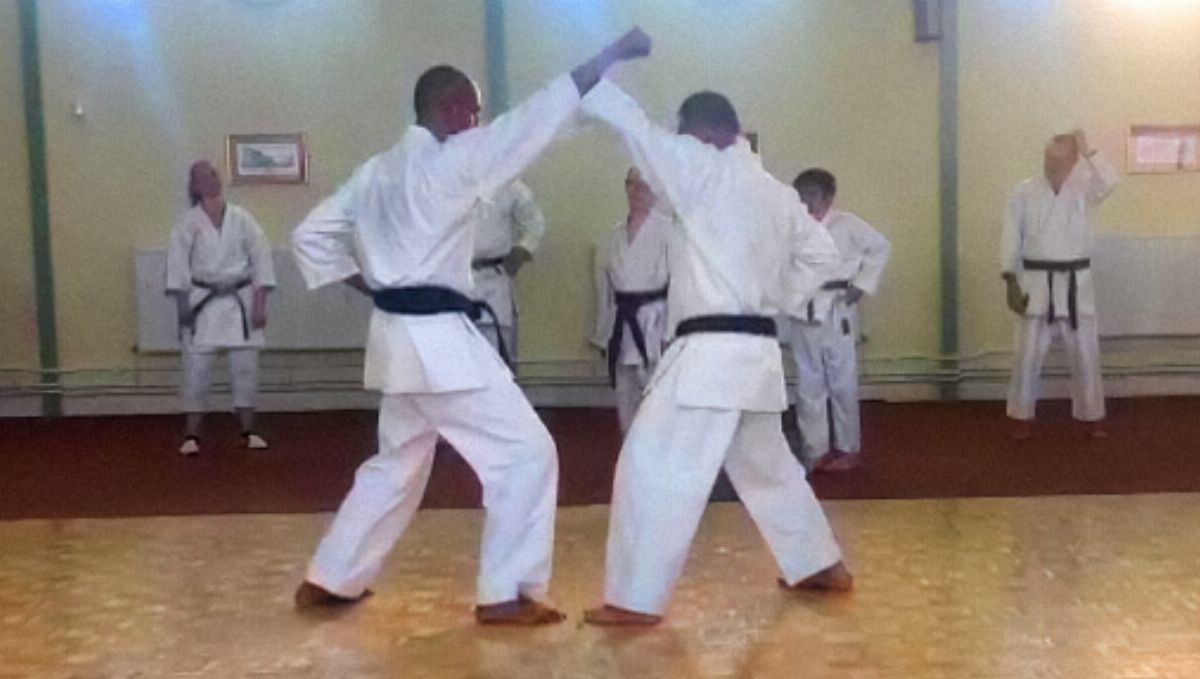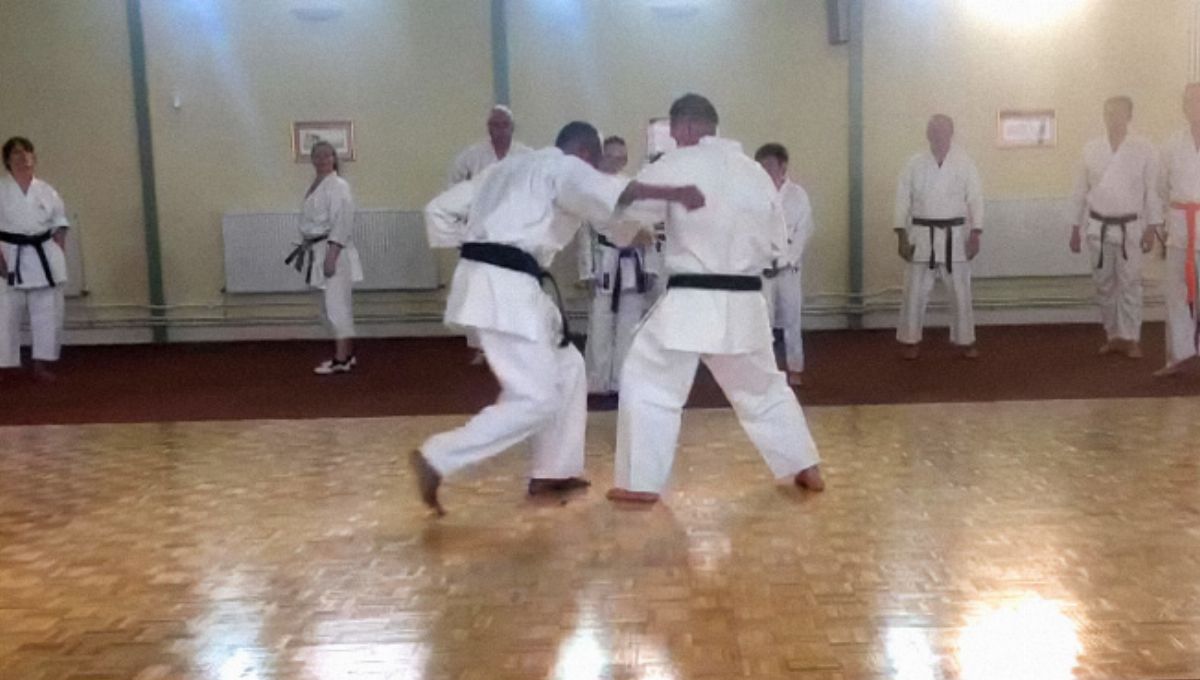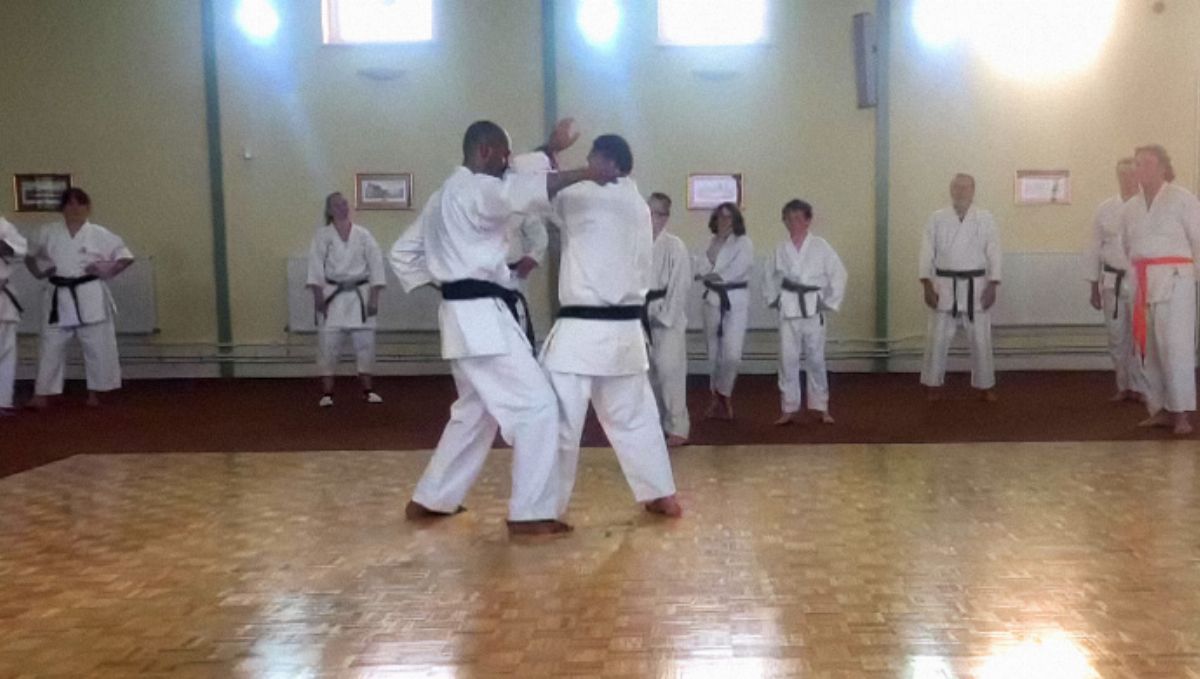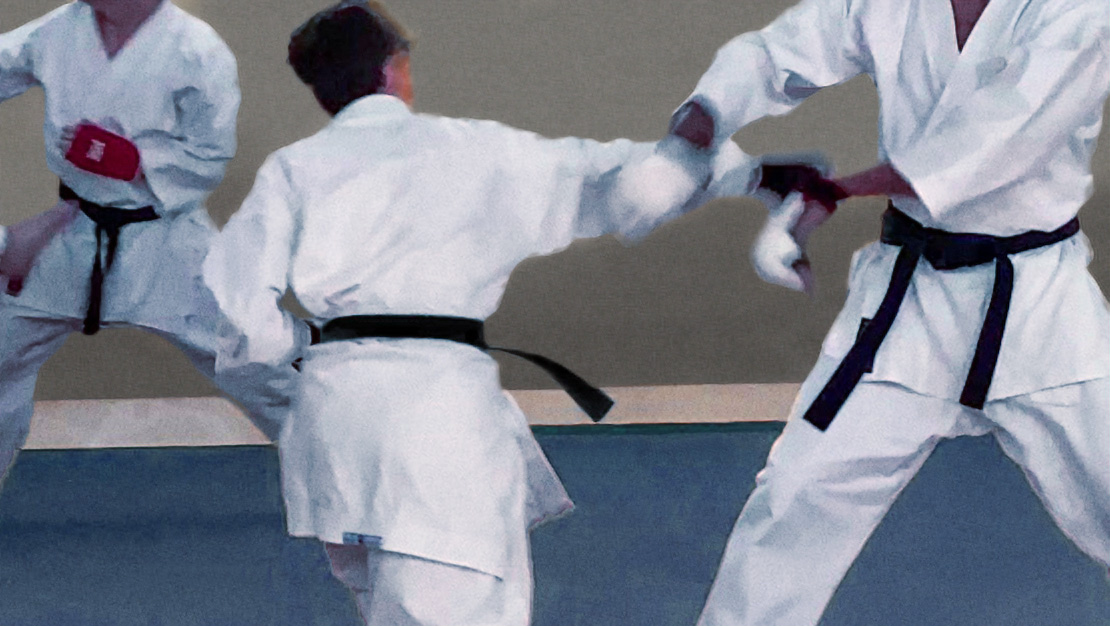Upward rising block - the age-uke defence
A fundamental technique with devastating potential
The power of basics
It's pronounced agi~you·kee and this most 'basic' of blocks will end the fight, one way or another.
Using this technique the way it's taught to beginners, would be perilous. In this clip, Sensei Darren demonstrates real-world application.
The way Shotokan karate is taught often makes it look robotic and clunky, and the upward-rising block is a classic example.
